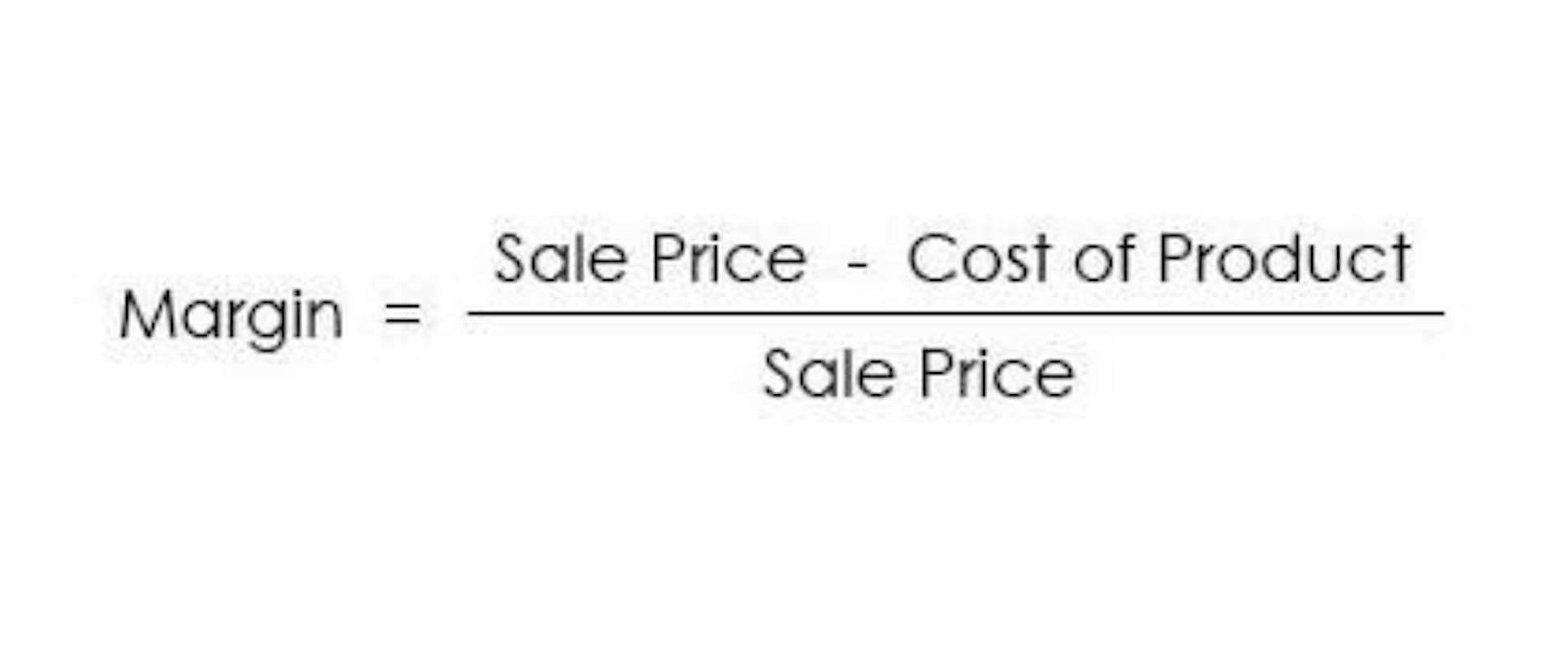Wages and salaries Wikipedia
Content

Generally, your employer’s contribution to a qualified pension plan for you isn’t included in gross income at the time it’s contributed. Salary is the fixed amount of remuneration paid at regular interval of each month after one month’s service. The each month salary or remuneration depends on the annual sum decided or committed by employer to employee at the time of joining. Salary or wages is decided based on the pattern of work, the job hours and the job type.
However, states may have their own minimum wage rates that override the federal rate, as long as it is higher. For instance, the District of Columbia has the highest rate of all states at $15.00 and will use that figure for wage-earners in that jurisdiction instead of the federal rate. On the other hand, Georgia has their minimum wage rate set at $5.15, but the $7.25 federal minimum rate overrides it. https://www.bookstime.com/ of a company’s employees working in nonmanufacturing functions (e.g. selling, general administration, etc.) are part of the expenses reported on the company’s income statement.
Difference between Balance of trade and Balance of payment
Secondly, by lasting within the industry long enough, there is sufficient proof that they are probably somewhat skilled. Employers see these as good signs and are more willing to increase a worker’s salary. Cambodia has the most days in a year in the world set aside to be non-working days, Salaries and Wages as established by law, at 28, followed by Sri Lanka at 25. Remember to adjust the „Holidays per Year“ input to calculate a correct adjusted result. In the first quarter of 2020, the average salary of a full-time employee in the U.S. is $49,764 per year, which comes out to $957 per week.

While this is an average, keep in mind that it will vary according to many different factors. The following are only generalizations and are not true for everyone, especially in regards to race, ethnicity, and gender. Wage earners tend to have lower positions and fewer responsibilities than those earning a salary. Non-contractual (allows an employee to easily change jobs when they find a better paying job. Wage-earners usually have lower positions and fewer responsibilities than those who earn a salary. Remuneration that varies depending on the number of hours or days worked.
Company
If the worker only worked 30 hours, he would receive a weekly payment of $ 600. In addition, they are unskilled or semi-skilled workers who usually earn wages. These workers generally have fewer responsibilities and less work than white-collar workers.

Despite these telling criticisms, however, the wages-fund theory remained influential until the end of the 19th century. Wages and salaries are typically paid directly to an employee in the form of cash or in a cash equivalent, such as by cheque or by direct deposit into the employee’s bank account or an account directed by the employee. Alternatively, all or a part may be paid in various other ways, such as payment in kind in the form of goods or services provided to the employee, such as food and board. In cases where an employee is subject to both the state and federal minimum wage laws, the employee is entitled to the higher of the two minimum wages. The federal minimum wage is $7.25 per hour for workers covered by the FLSA. Once you determine how and what you’re going to pay employees for specific work, that information should be documented and used by hiring managers. While you want to empower them to weigh in on salary decisions, those decisions can’t be made in a bubble.
Example: Sandy has an annual salary of $120,000, which is paid weekly.
Extra duties up to 1-4 hrs will be treated as “half day duty” and between 4-8 hrs will be “full day duty” and will be compensated accordingly. With time records can be result as disciplinary action, up to termination of employment. Failure in reporting to work on time and tardiness will result in disciplinary action up to and including termination. Money going towards your retirement, health insurance and so on. Experience—In general, the further entrenched a person is in their career, the more experience or perceived ability they have, or the more valuable their skillset, the higher their salary tends to be. Read more about the differences between incentives and benefits here. This is usually reflected in a contract between both parties based on a specified amount.
- These workers generally have fewer responsibilities and less work than white-collar workers.
- For example, a factory worker works 40 hours a week, and if his hourly wage is $ 20, he gets $ 800 a week.
- It’s easier to defend a claim of unequal pay if you have objective criteria for how you base your pay decisions.
- For more information on amended returns, refer to Topic No. 308, Amended Returns and Should I File an Amended Return?
The basic purpose and objective of wage and salary administration is to ensure and maintain an equitable wage and salary structure of the employees and workers. Wages and salaries are often considered one of the largest components of cost of production and also have direct implications for growth and profitability of the organisation / company. All salaried employees are not exempt from overtime pay rules.
Difference Between Businessman and Entrepreneur
A Salary is a fixed amount to be paid and can be changed yearly or semi-annually and evenly distributed throughout the year. At times employees are also entitled to receive a year-end bonus, which is also decided based on the salary. At the same time, wages are very short-sighted, where the amount is decided weekly, bi-weekly, or annually and can be changed fortnightly as per the requirement. The number of hours decides the amount worked in that particular period.
- Wages are usually calculated by the number of days the person has rendered service.
- The wages are given daily, weekly or fortnightly and the compensation to be paid is determined by considering the hours worked by the person.
- Salary and wages are a type of compensation paid to the employees for the kind of services they offer to the company.
- Annual reviews that are, for the most part, positive are generally followed by an annual pay raise.
- Wages are usually earned by unskilled or semi-skilled workers while salaries are earned by office workers or management.
All costs of travel and accommodation, including living expenses, must be covered by the intern or any relevant sponsoring institution. Please see the Internship Programme website for more information on living expense estimates for New York. Please visit the UN Internship Program website for more information. If you receive a Form W-2 after you’ve filed your return, file an amended tax return, Form 1040-X, Amended U.S. Individual Income Tax Return. For more information on amended returns, refer to Topic No. 308, Amended Returns and Should I File an Amended Return? Your Form W-2 should be made available to you by January 31, 2022.
Difference between wages and salaries
Wages are usually earned by unskilled or semi-skilled workers while salaries are earned by office workers or management. Salaries and wages are forms of compensation paid to employees of a company. Salaried employees are more likely to get paid time off or have flexible working hours agreed upon with employers. If that salary is paid bi-monthly, on the 1st and 15th of each month, you can calculate that by dividing the total salary by the number of payments made in a year to determine the rate of pay on each paycheck. While people who make a Wage may earn overtime, there are a few disadvantages to the wage based payment structure. Overtime pay is typically time-and-a-half for each hour after the first 40 hours. For example, if your hourly wage is $12, you would be paid $18 for every hour past 40 hours in a week.
These standards are enforced by the Department’s Wage and Hour Division. Pay equity is a hot topic and is driving some companies to be more transparent in their compensation, from posting pay ranges to indicating pay grades for jobs. Being transparent can help remove mystery regarding wage decisions and improve employee trust in management and morale. To help give a framework to your employee compensation, your company should detail how pay decisions are made.
At the hourly wage of $21.63 per hour, a welder would have to work 40 hours a week to make $865. Anything less than 40 hours a week, would result in a lower overall pay commensurate on time worked. If a business closes early or decides to cut back on hours, typically, the wage earners are the first to receive a pay cut since it is easier to cut back hours than renegotiate a salary. Salary and wages are a type of compensation paid to the employees for the kind of services they offer to the company. At the same time, the types of employment for both are very different. The government decides the minimum wage rate, like in the United States. The minimum hourly rate is $12, which binds the employee to pay at least $12 to every employee regardless of the skill set.



